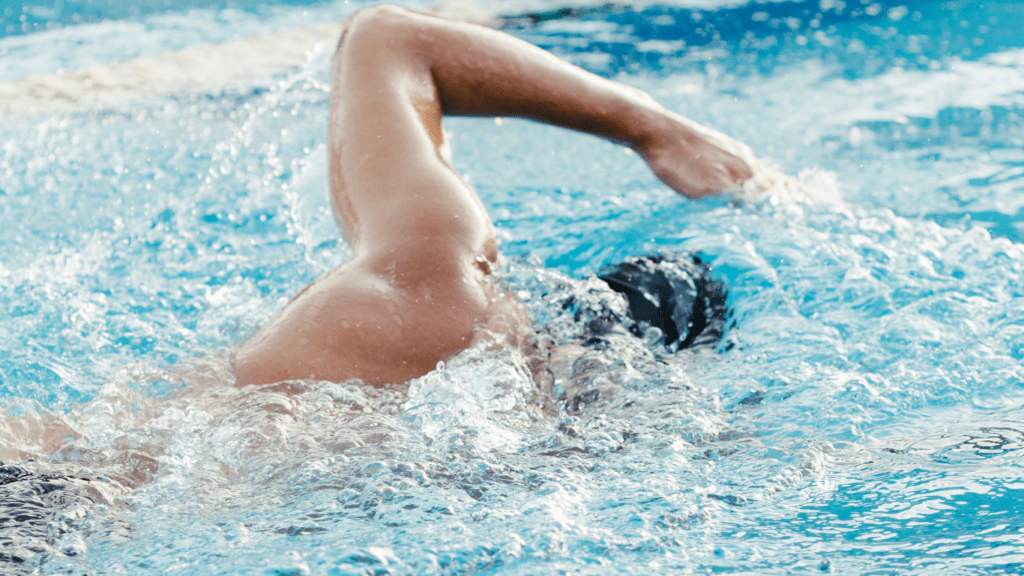When it comes to athletic performance, speed and agility can make all the difference. I’ve seen firsthand how athletes can transform their game by incorporating targeted training techniques. Whether you’re a seasoned competitor or just starting out, mastering these skills can elevate your performance to new heights.
In this article, I’ll share proven methods that have helped countless individuals achieve quick gains in speed and agility. From dynamic drills to specific strength exercises, these strategies are designed to enhance your quickness and responsiveness on the field or court.
Let’s dive into the world of speed and agility training and unlock your potential together.
Importance of Speed and Agility Training
Speed and agility training plays a crucial role in enhancing athletic performance and overall fitness. Implementing targeted methods can lead to significant improvements in both competitive settings and everyday activities.
Benefits for Athletes
- Enhanced Performance: Speed and agility training directly improve an athlete’s ability to perform in their sport, impacting sprinting, quick direction changes, and overall game dynamics.
- Injury Prevention: Strengthening muscles and improving coordination reduces the risk of injuries, particularly in high-intensity sports where agility is critical.
- Increased Reaction Time: Drills designed to boost quickness sharpen reflexes, enabling athletes to respond more effectively during competitions.
- Competitive Edge: Training offers athletes a systematic approach to develop a unique style of play, often translating into better outcomes against opponents.
- Skill Mastery: Familiarizing with dynamic movements through targeted drills aids in mastering sport-specific skills.
Benefits for Everyday Fitness
- Improved Coordination: Individuals enhance their stability and balance through agility training, which translates to better movement in daily activities.
- Weight Management: High-intensity agility workouts promote calorie burning, supporting weight loss or maintenance efforts.
- Functional Movement: Practicing speed and agility improves task performance, such as climbing stairs or playing with children, creating a more active lifestyle.
- Increased Cardiovascular Health: These training methods elevate heart rates, reinforcing cardiovascular endurance and overall fitness levels.
- Boosted Confidence: Mastering speed and agility skills instills a sense of achievement, encouraging continual participation in fitness activities.
Proven Methods for Quick Gains
Incorporating proven methods into speed and agility training leads to significant improvements in athletic performance. Two effective strategies include plyometric exercises and resistance training.
Plyometric Exercises
Plyometric exercises involve explosive movements that increase muscle power and speed. Examples include box jumps, burpees, and clap push-ups. These exercises enhance the stretch-shortening cycle of muscles, leading to faster, more powerful movements on the field or court.
Athletes typically perform 3 to 4 sets of 10 to 15 repetitions to maximize speed gains.
Resistance Training
Resistance training strengthens muscles, enhancing both speed and agility. Focusing on compound exercises like squats, deadlifts, and lunges improves overall power output. I recommend using moderate to heavy weights for 3 to 5 sets of 6 to 10 repetitions to build strength.
Integrating resistance bands or medicine balls can also add variety and challenge, further promoting agility and quickness.
Designing an Effective Training Program
Designing an effective training program for speed and agility requires careful planning and a focus on individual needs. Implementing structured assessments and goal-setting strategies ensures targeted improvements.
Assessing Current Ability
Assessing current ability involves evaluating performance through specific tests. I use tests like the 40-yard dash for speed and the T-test for agility. These assessments highlight strengths and weaknesses, providing a baseline for progress.
Regular reassessments every 4-6 weeks help monitor improvements and adjust training strategies accordingly.
Setting Realistic Goals
Setting realistic goals is crucial for motivation and progress. I apply the SMART criteria—Specific, Measurable, Achievable, Relevant, and Time-bound. For instance, I might aim to improve my 40-yard dash time by 0.2 seconds within eight weeks.
Creating both short-term and long-term goals allows for steady progress and keeps the training journey engaging and focused.
Common Mistakes to Avoid
Avoiding common mistakes in speed and agility training ensures quicker gains and enhances performance. Here are critical pitfalls to steer clear of in your training regimen.
Overtraining Risks
Overtraining can lead to burnout and injuries. It’s essential to balance training intensity with adequate rest. Listening to your body prevents fatigue and allows for recovery. Reducing workout frequency or intensity when feeling worn out supports long-term progress.
Incorporating rest days into your weekly routine promotes muscle recovery and prevents overuse injuries.
Neglecting Proper Warm-Up
Neglecting proper warm-up increases the risk of injury and limits performance. A thorough warm-up prepares muscles for explosive movements. Dynamic stretches, such as leg swings and arm circles, enhance blood flow and flexibility.
Allocating 10-15 minutes for warm-up routines not only boosts agility but also prepares the body for the training session ahead.



